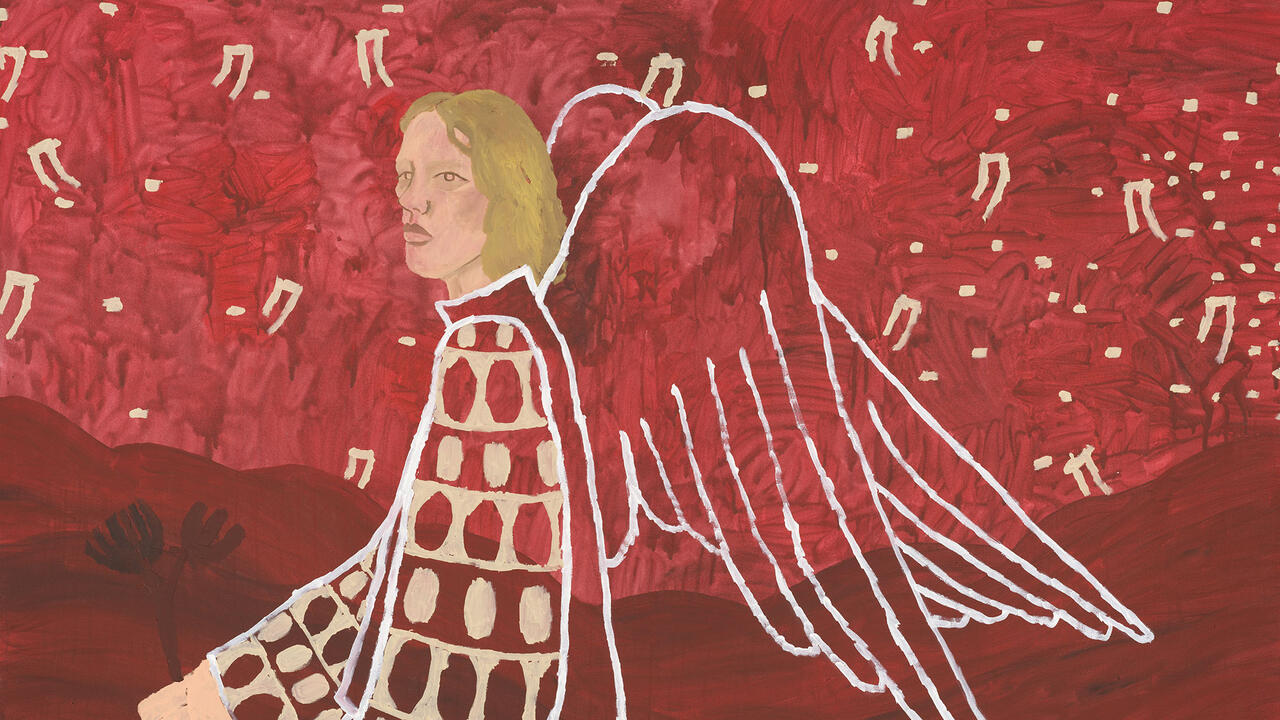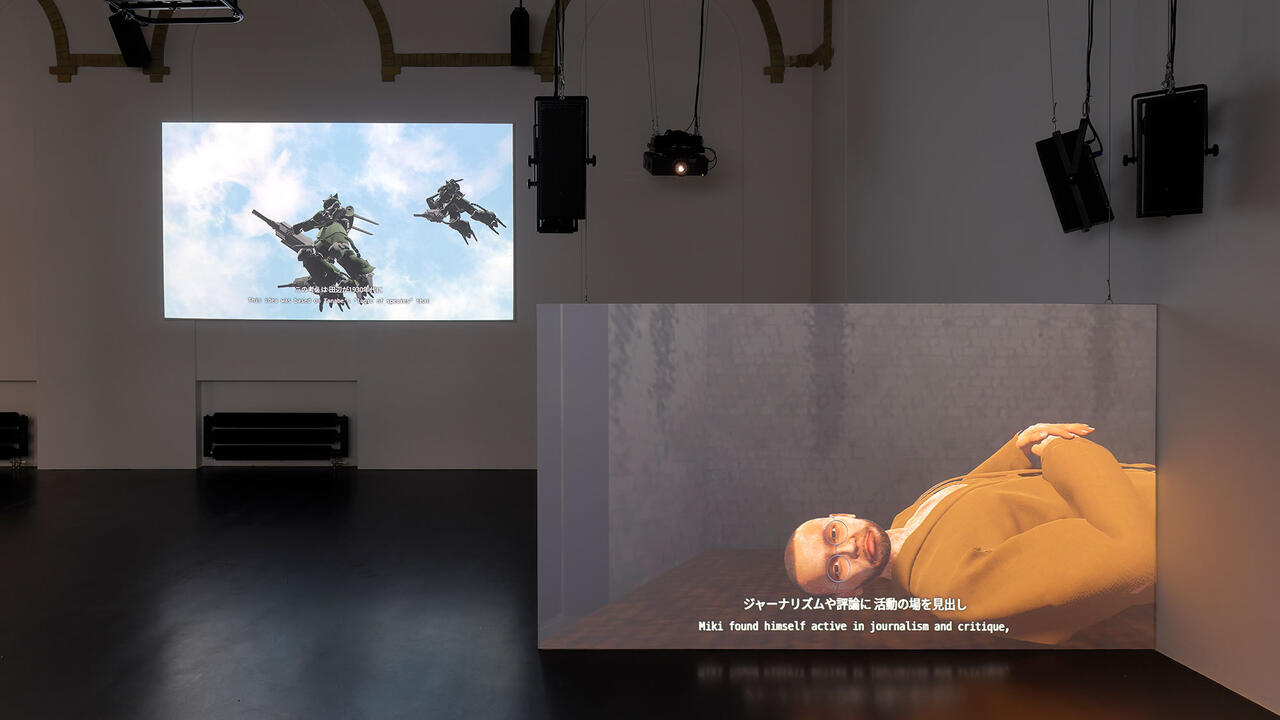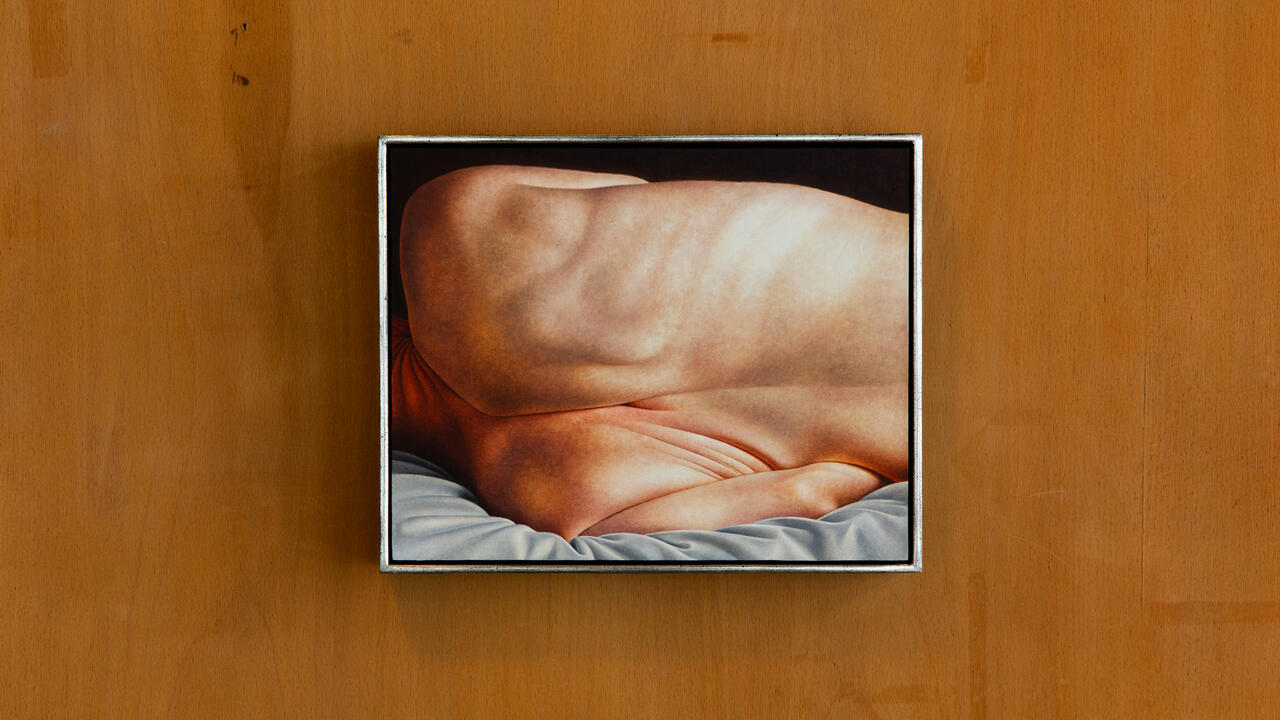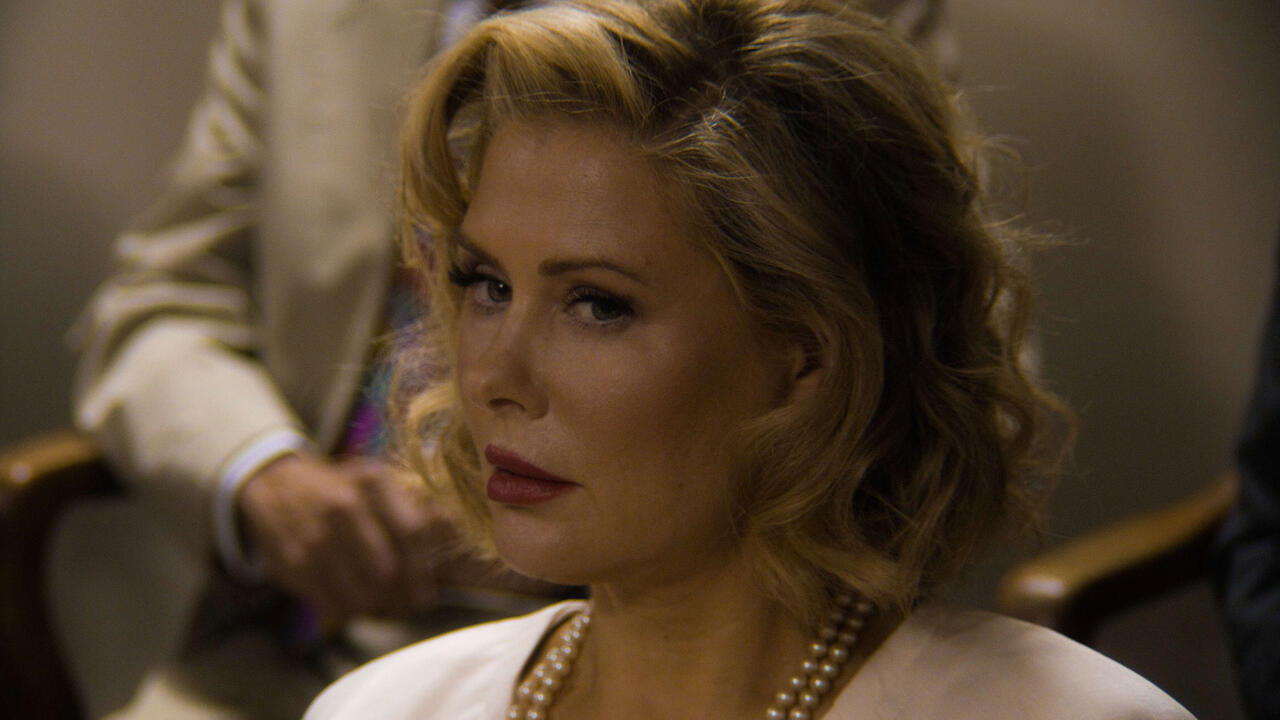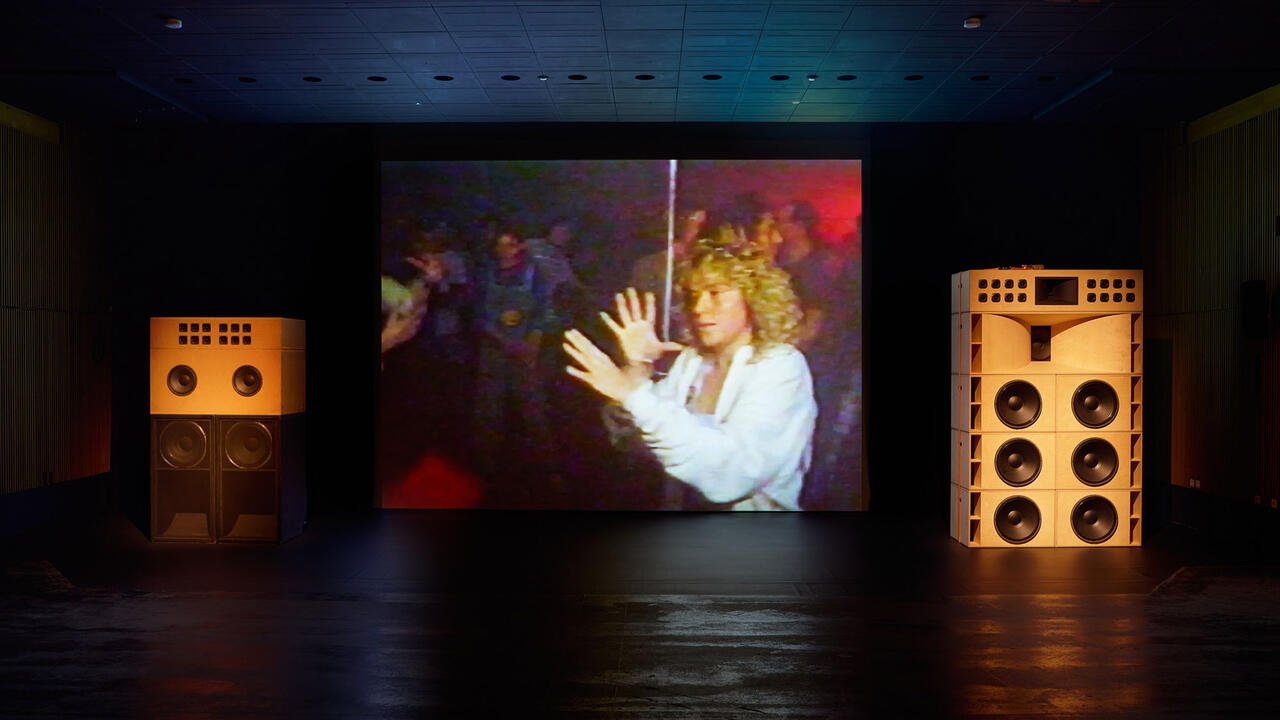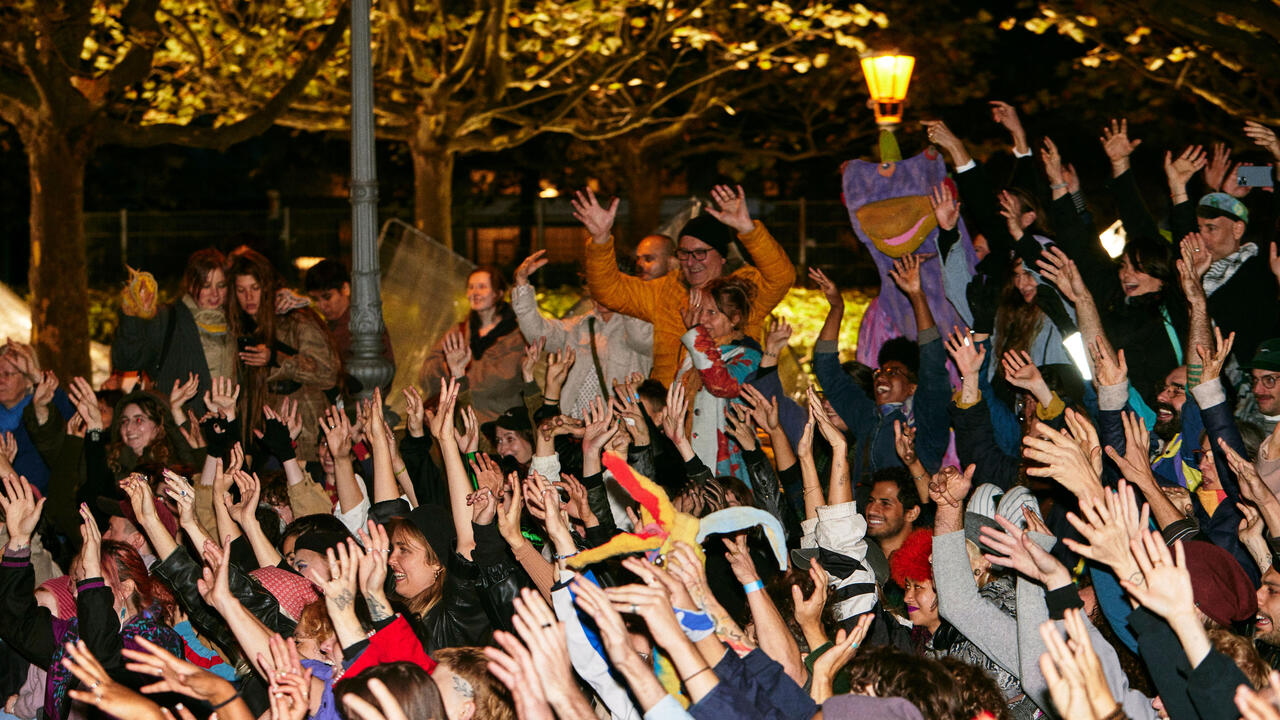GCC
Kraupa-Tuskany Zeidler, Berlin, Germany
Kraupa-Tuskany Zeidler, Berlin, Germany

As in Anglophone cultures, where the notion of happiness is often co-opted as a mechanism not only for selling things but for character conditioning, in the Persian Gulf, the trope of positive thinking has likewise begun to dominate the language of lifestyle marketing – and that of the state. In 2016, Ohood Al Roumi, upon being appointed the UAE’s first ‘Minister of Happiness’ by the Ruler of Dubai, promptly aligned wellbeing with work in her pronouncement: ‘Happiness is a serious job.’ Meanwhile, the offshore Abu Dhabi development that will soon host branches of the Guggenheim and the Louvre – a site of few joys and many migrant labour camps – goes by the name Saadiyat Island, or the ‘Island of Happiness’.

The recent work of GCC, an eight-member collective of Gulf-citizen artists, whose name carries the same letters as the governing council of the region, has focused on this place-specific packaging of contentment, an extension of their research into where nation-building meets corporate branding.
Gestures I–VI (2016–17), six crimson sculpted wall works with a flocked finish, are hung around a single room of Kraupa-Tuskany Zeidler, a gallery set within an austere office building on Berlin’s Alexanderplatz. The lights are dimmed, with the works spot-lit like sacred relics, while the floor is covered with a thick-pile carpet that matches their hue. This dominating red recalls the award-ceremony rug of GCC’s 2013 exhibition, ‘A Space for National Achievement’, as well as the colour of the government-endorsed running track that formed part of the collective’s Positive Pathways (+) (2016) at last year’s Berlin Biennale. Each of the contoured ‘Gestures’ features a scene lifted from Arabic daytime TV or YouTube that demonstrates the phenomenon of the Positive Energy Movement or ‘Quantum Touch’: amalgams of new-age actions that promote an attention to chakras and healing as a means to inspire productivity and compliance. A pair of plump hands are pressed into the back of a man’s bowed head; a woman in a suit jacket makes an arm gesture that could equally come from Arabic or Asian dance, while three men in koofiyad prayer hats watch intently behind her, an allusion to this mind/body movement’s (not always frictionless) existence alongside the religious meditations of Islam. A man speaks into a microphone – the subtitle, in Arabic and English, reads: ‘What is the secret behind it?’ – and holds up two fingers and a thumb, a salute first used in 2013 by the prime minister of the UAE to signify ‘Win, Victory, Love’.

All of these gestures of expression and touch are articulated as raised reliefs. Produced using a thermoforming process, in which styrene sheets are heated and moulded, these 3D-renderings of digital files offer a physical translation of the imagined warmth and transformative potential of the techniques they depict. It is this ‘kind of positive realism’, to adopt GCC’s own phrase, which has become integral to their brand: a material-sensitive mirroring of current trends in the Gulf, more interested in the aesthetics of soft power than in presenting a direct critique.

The velvety surfaces of the works – particularly Gestures II (2016), which sets a pair of seemingly gentle hands within a unifying circle – elicits the desire to reach out and stroke. But just as such ‘positive energy’ is encountered mostly via screens, with no actual bodily interaction, the beholder of these artworks may look but not touch. The tactile feedback loop is incomplete, and we are left in a state of haptic aspiration.
Main image: GCC, Gestures III, 2016, thermoformed styrene with ocking 96 x 152 cm. Courtesy: the artists, Kraupa-Tuskany Zeidler, Berlin, and Mitchell-Innes & Nash, New York; photograph: GCC / Adam Reich










